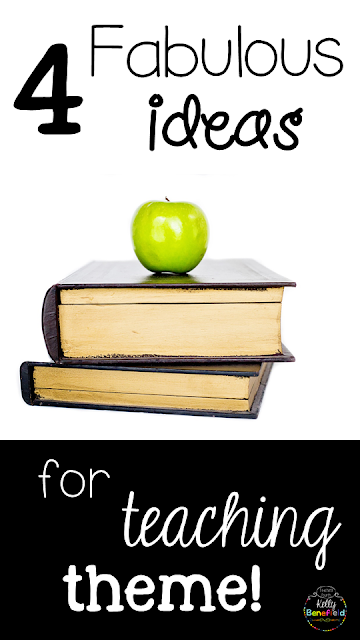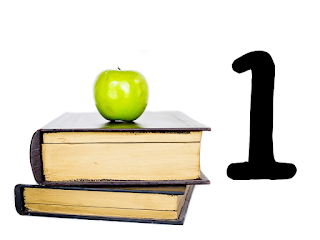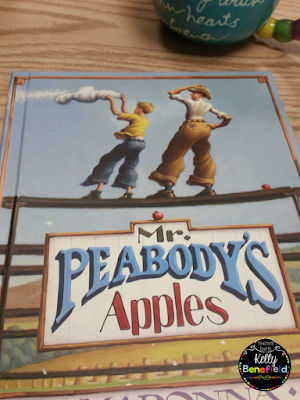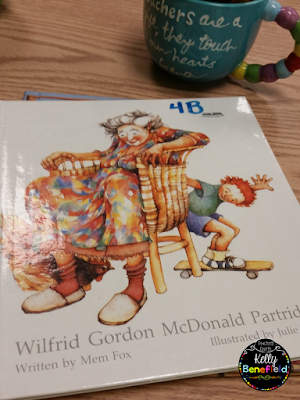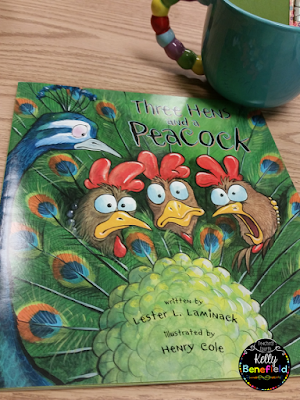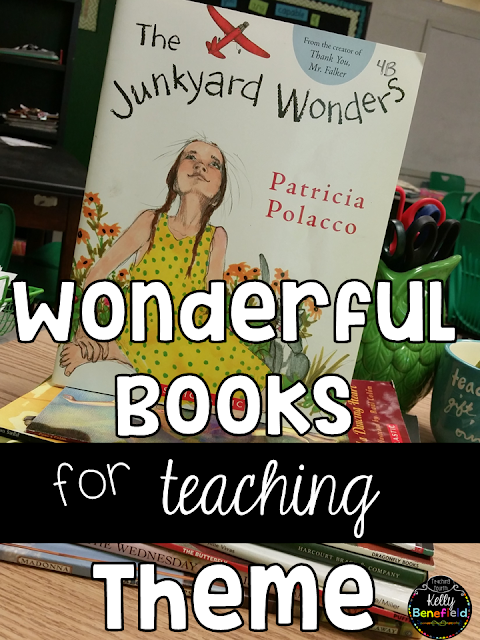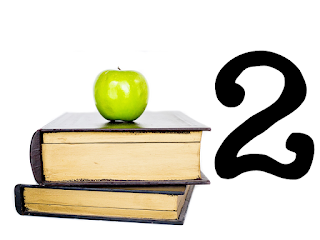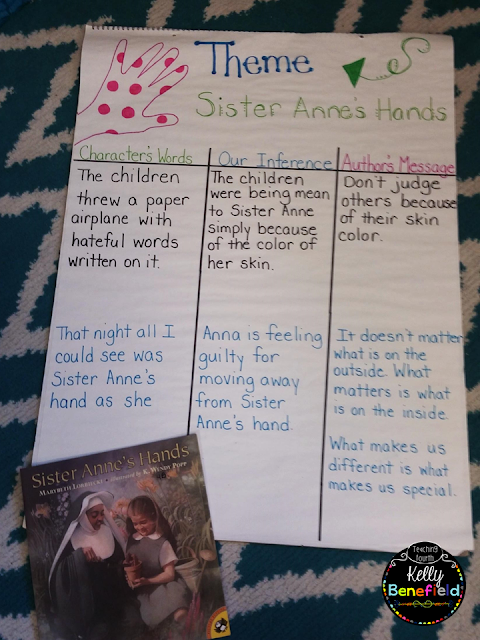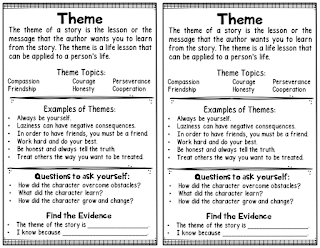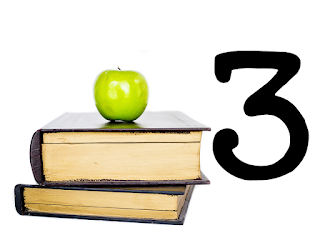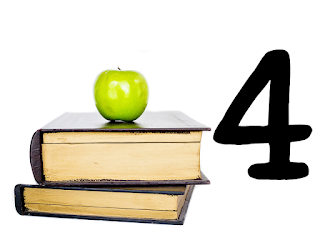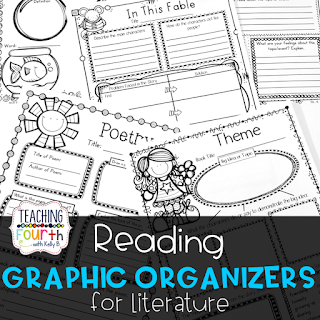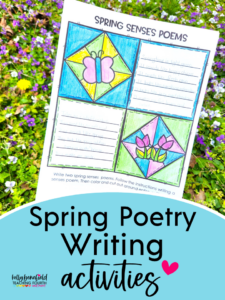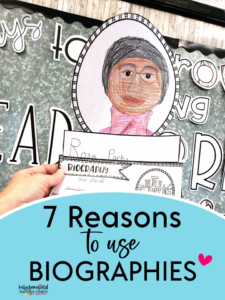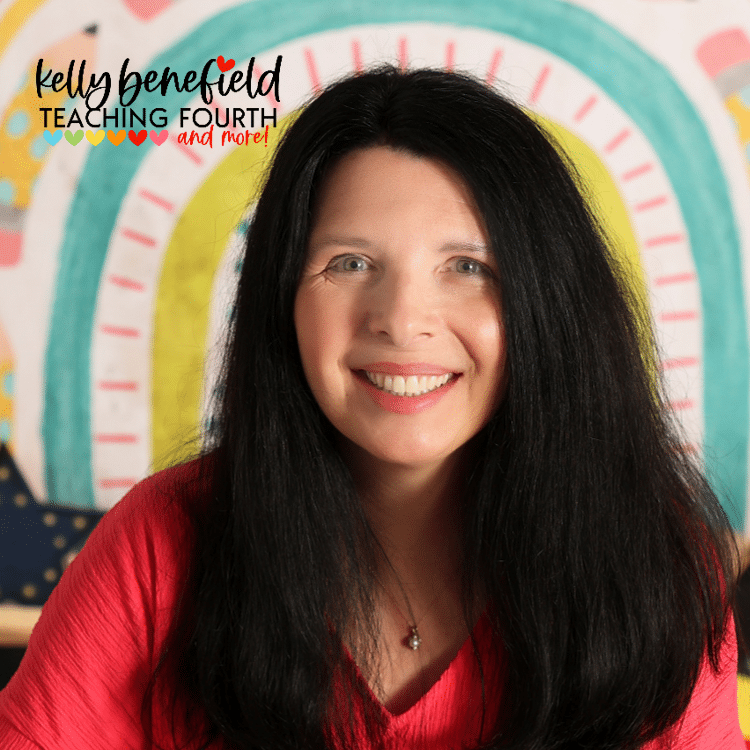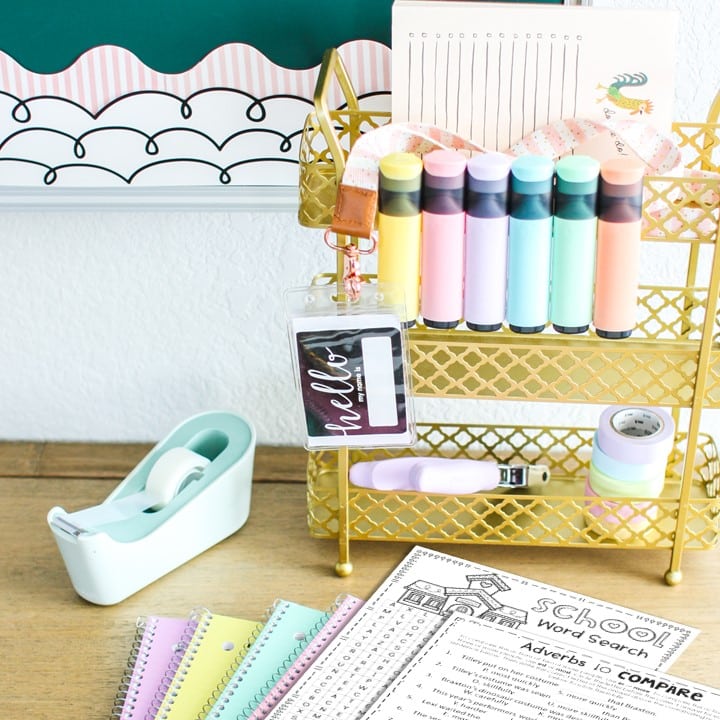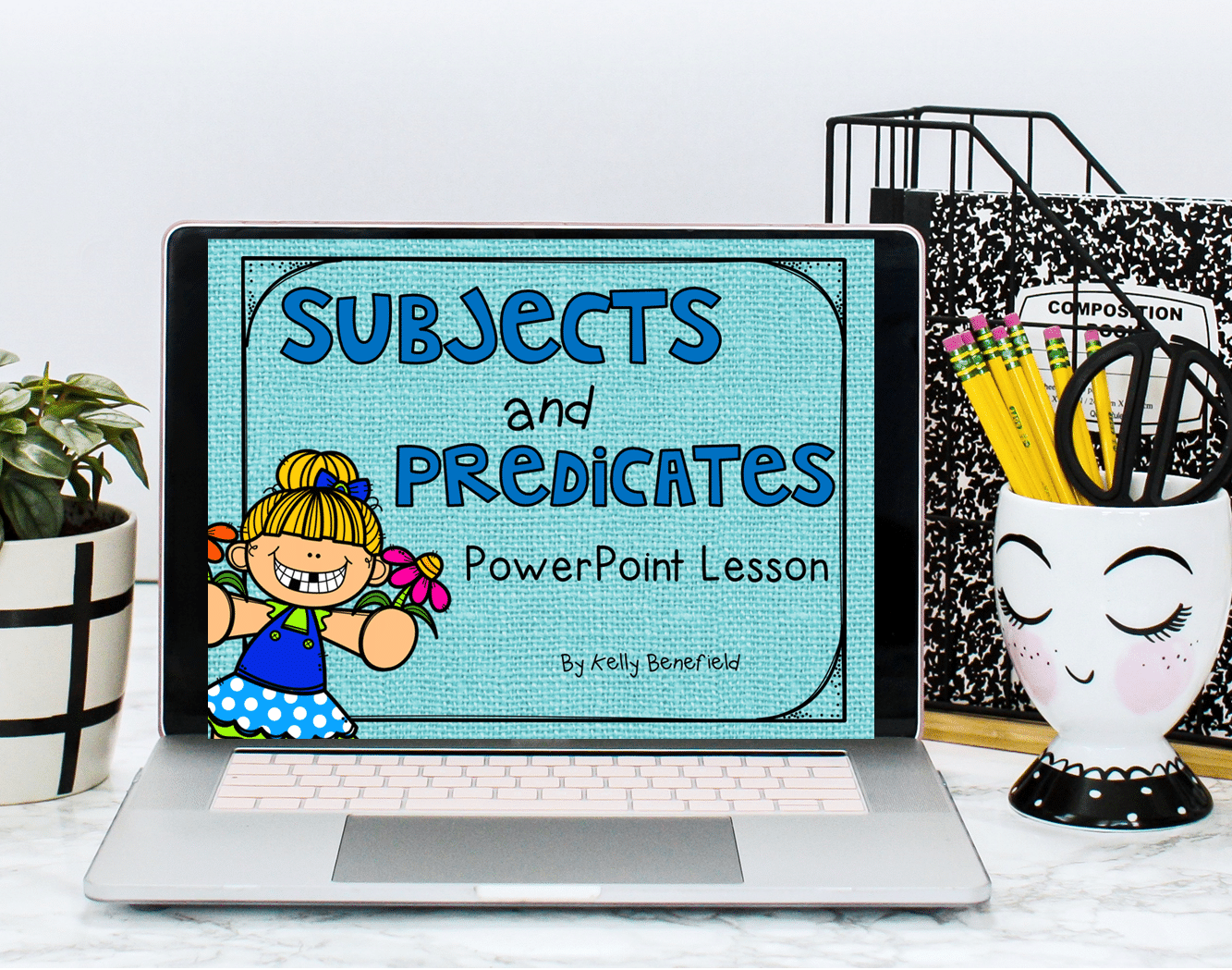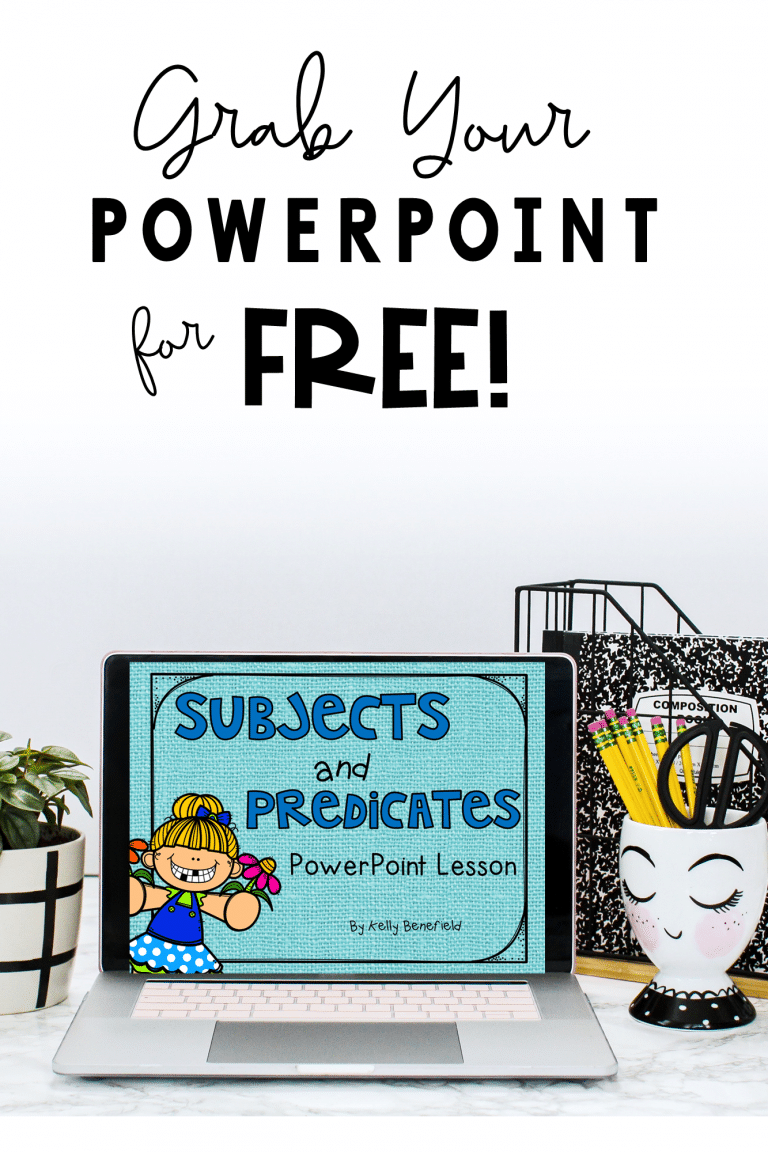Teaching theme in fourth grade is not easy, but it is very rewarding to see the students’ little light bulbs come on! In my experience, students need many opportunities to find theme in stories, and I love giving my students a variety of ways to do this.
Picture Books
To introduce the concept of theme, I love using picture books. Using picture books as model text is one of my favorite things to do in reading, and for me, it is a great way to introduce theme. Some of my favorite picture books for teaching them include:
Mr. Peabody’s Apples
I am not a Madonna fan, but I do love this book by her and the message in this story. The theme of, “You should not spread rumors about others” or ” Once a rumor is spread, you can never take back those words” are themes that most students can easily recognize in this book. I highly recommend this book if you can locate a copy. Unfortunately, I think this book is now out of print, but you may be able to locate a used copy. I stumbled upon this book several years ago at our local used book store and have never regretted the purchase. I use it every year for multiple skills and strategies.
Wilfrid Gordon McDonald Partridge
Although the reading level of this book is lower, the theme in this sweet story about a special friendship may be slightly more challenging for some of your students to express, but it is worth the challenge. Students will enjoy this story as well as the theme of, “Friendships can span generations.”
Three Hens and a Peacock
This is a fun story with colorful illustrations. Your students will quickly recognize the theme of “Always be yourself” in this humorous story. This is a great choice for those struggling with theme.
The Junkyard Wonders
Finally, any of Patricia Polacco books are wonderful choices when teaching theme. The Junkyard Wonders was my choice this year to use with my students while teaching theme. Most students can easily recognize the theme of “Never give up” in this beautifully told story.
Anchor Charts
After reading aloud Sister Anne’s Hands, the students and I worked together to chart the character’s words and actions, our inference, and the author’s message of the story. This modeling activity helped my students tremendously in understanding and finding theme. This year, I actually began teaching theme by reading this book aloud to the class as a model text. We discussed and “turned and talked” throughout the story. we then worked together to create the anchor chart. Finally, I paired up the students and gave each pair the books that I listed above (in #1). After partner reading the picture books, students worked together to create charts in their journals similar to the chart above.
I have also included a link to a free journal reference page for
theme. Simply print the page, cut it in half, and give one-half to each student to use as a reference when searching for, writing about, or discussing theme with groups or a partner. This freebie will make a great reference for your students.
Theme Songs
My students loved the next activity that we used to review theme. I played the theme song to “Fuller House,” and my students worked together to determine the theme of the song. (Families are always there for you. Families will stick together. etc.) This was a fun, quick activity to open up a review lesson on theme. It definitely caught my students’ attentions, and they loved singing along. The link to the theme song on Youtube is here:
Fuller House Theme Song If your students are not familiar with this show or song, you may want to play the longer version with the words
Fuller House theme song with words and focus on the chorus of the song.
Also, if you are not familiar with
SafeShare.TV, this is a great way to show Youtube videos in your classroom to insure only the video and no inappropriate content will be shown. It takes away any advertisements before an video previews at the end. It is a must in your classroom if you are showing Youtube video clips, and it is very quick and easy to use. I have this on my favorites bar so that it is just a click away.
Graphic Organizers
If you have followed me for a while now, you probably already know that I love using graphic organizers. After going through extensive training on reading strategies several years ago, I became hooked on graphic organizers, and the results I saw in my classroom convinced me that graphic organizers are an excellent tool that I want to continue to use with my students. For me, there is no question about using graphic organizers when teaching theme. My best selling
Common Core: Graphic Organizers for Reading Literature contains 4 graphic organizers perfect for teaching theme, moral, and lessons in stories. They are a fabulous way for students to use with any book or story and to write about their reading. They also make a great assessment tool as well. This packet comes highly recommended. I’d love for you to check out all of the wonderful reviews on this set.
I hope you found these ideas helpful for your own classroom! Thanks so much for dropping by, and have a blessed day!
